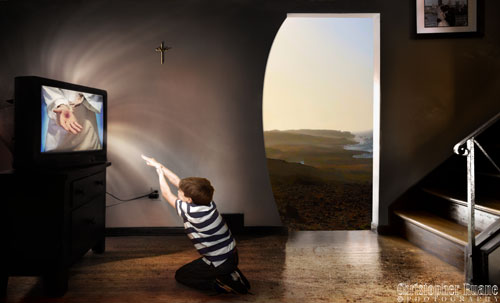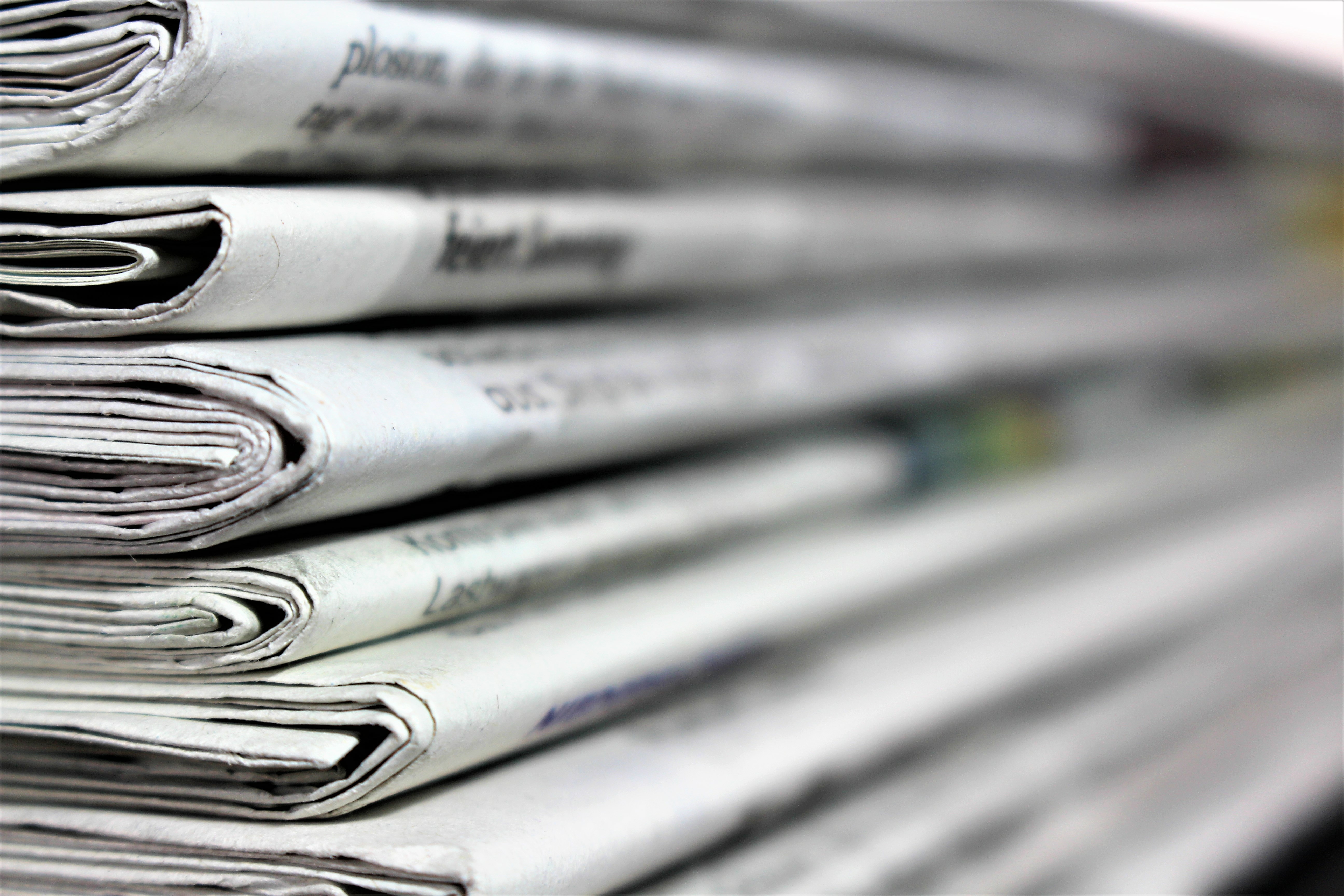04/07/2013
Two New Works to be Displayed at the Carnegie Museum
After a couple months of research, inspiration and a lot of visual decision making I have created two new Faith based works. The new images
Doubting Thomas and
The Denial Of Peter are part of my series of modern interpretations of biblical stories or events. They are composed of hundreds of individual photos each shot separately to amplify the meaning of each component of the final work.
David Norr, Chief Curator of the Museum of Contemporary Art, Cleveland chose the pair to be shown among 60 featured works for the AAP 102nd Annual. Here are the images with their accompanying artist statements. Please use the links below to further explore these massive digital paintings.
 * Please click the link to explore this image in detail
* Please click the link to explore this image in detail.
http://www.christopherruane.com/Set/Religion/Doubting-Thomas*
The image Doubting Thomas is part of a series of modern interpretations of biblical stories or events. In John 20:24 Thomas says, “Unless I see the nail marks in his hands and put my finger where the nails were, and put my hand into his side, I will not believe it." Like Thomas, many in current times are stubborn and require proof or a miracle before embracing their Faith.
In my portrayal, the story takes a modern twist. Thomas is a young boy in a Christian home. We see that Thomas' parents have made an outward display of faith by placing a crucifix on the wall. But is this enough to solidify a boy’s belief in something he can never fully understand? In the image, in this epiphianic moment, Thomas sees Christ on his television and experiences a profound belief in him. The vibrant image of Jesus and his wounds flash before him in stunning detail. Thomas has finally seen what he believes to be the true presence of Christ. This may sound sad but make no mistake, Thomas is driven. Historically in many doubting interpretations Christ is seen pulling Thomas' hand into the wound in his side. However in this representation we see that Thomas must take responsibility for his own Faith and Guide his own hand.
This work inspires many questions. In our technologically advanced society, where proof and answers are supposedly just a Google search away, who and what are really teaching society where to invest our hearts and souls? Is it good for us to instantly be able to satisfy ourselves with immediate unreliable proof? Has Faith now been replaced with false intelligence?
In further meditation of the scripture, the home takes on an alternate form. The doorway is meant to give the viewer the feeling of the opening of the tomb. It additionally expresses Thomas' great flaw. The right side is very rigid and mathematically sound, much like the way Thomas's mind perceives the world; it is very black and white and not out of the norm. The left side however shows a more surreal shape and symbolizes the fact that all things bend for Christ. For him there are no limits. Further inspection reveals that our surroundings are just a facade and poses the question, have we ever really left the tomb? Are we really showing faith in the Resurrection? Truly, "Blessed are those who did not see and yet believed- 20:29 John".
 * Please click the link to explore this image in detail
* Please click the link to explore this image in detail.
http://www.christopherruane.com/Set/Religion/The-Denial-Of-Peter*
The Denial of Peter is part of a series of modern interpretations of Biblical stories or events. In Matthew 26, Peter is told by Christ, “This very night, before the rooster crows, you will disown me three times.” Although Peter says he will lay down his life for Jesus, he does not understand the pressure and fear that will soon be upon him.
In meditation of the story, the artist brings the image into a contemporary light and asks the question, "In our age of conformity, faced with protest, scrutiny or even physical violence, how much would one endure for love or personal beliefs?“
The artist responsible for the image of Christ on the wall is trying very hard to blend in, but it is clear that he is not one of them. In this depiction, Peter is an artist unable to face the scrutiny of his work and his relationship with Christ. When faced with pressure and ridicule, he denies it is he who is the creator of this “controversial” work.
Further inspection reveals messages not only in the environment but in the portrayal of the human forms. The crowd is depicted as an almost solid black mass; their bodies are meshed together blurring the lines of their individuality. The very thing in which they believe is being repressed by the image on the wall. Their distorted faces remain clear to remind us of the ugliness of conformity against our heart’s true identity.




